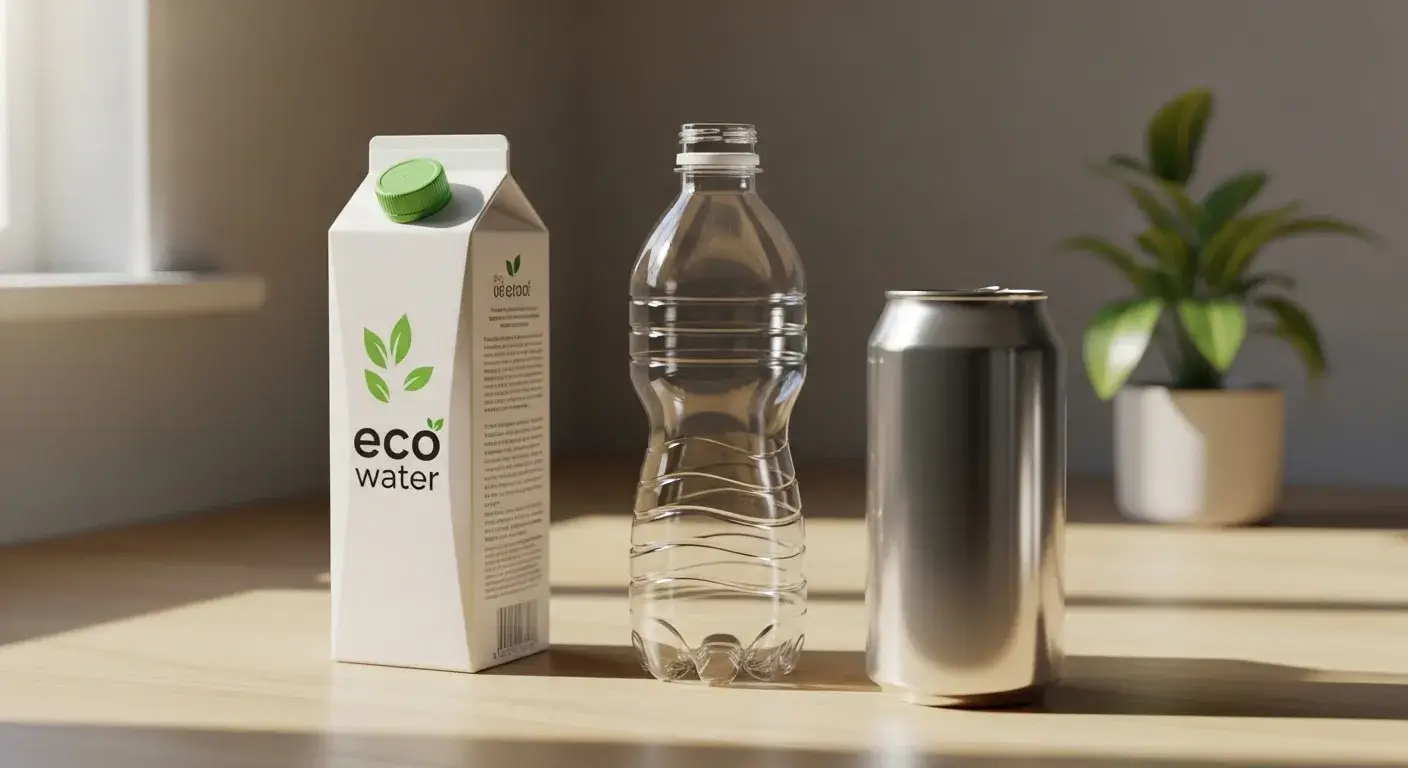
Boxed water looks better than plastic—but is it truly greener? Let's break down the facts, not just the packaging.
Boxed water cartons use 92% plant-based materials and have a 36% lower carbon footprint than plastic bottles, but recycling infrastructure remains a challenge.
Before you buy, here's what to know about boxed water's true environmental impact.
What materials are used to make boxed water cartons?
It's not just cardboard.
Boxed water cartons are made from 92% paperboard, with a plant-based plastic cap and thin polyethylene layers for durability and sealing.
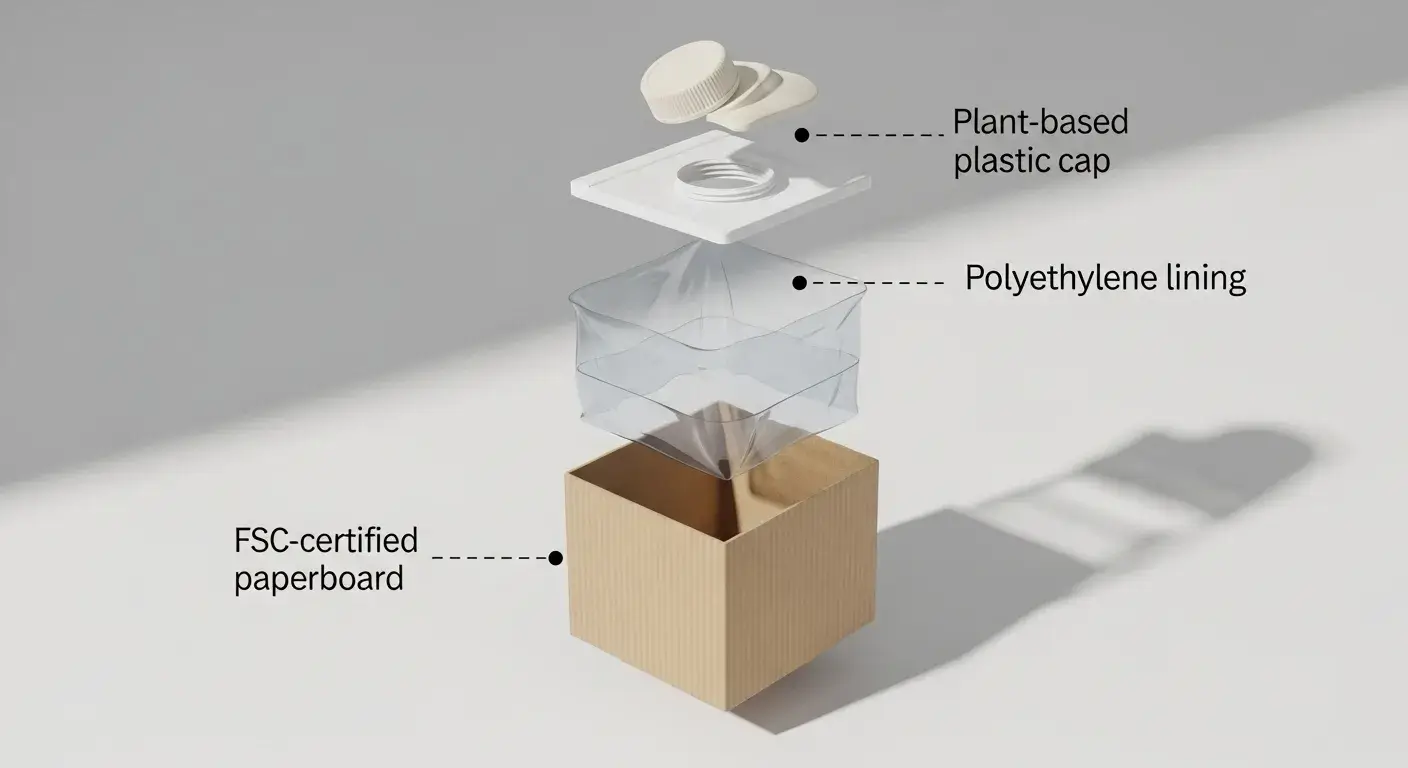
Material Breakdown
- Paperboard (from FSC-certified forests1): Renewable base.
- Polyethylene layers: Used to seal and waterproof.
- Plant-based plastic cap2: Renewable and recyclable.
The goal is to minimize petroleum use—but the presence of plastic remains a concern.
How does boxed water compare environmentally to plastic bottles and aluminum cans?
Boxed water has clear advantages—but not in every area.
Compared to plastic bottles and aluminum cans, boxed water has a lower impact in nearly all key environmental categories.
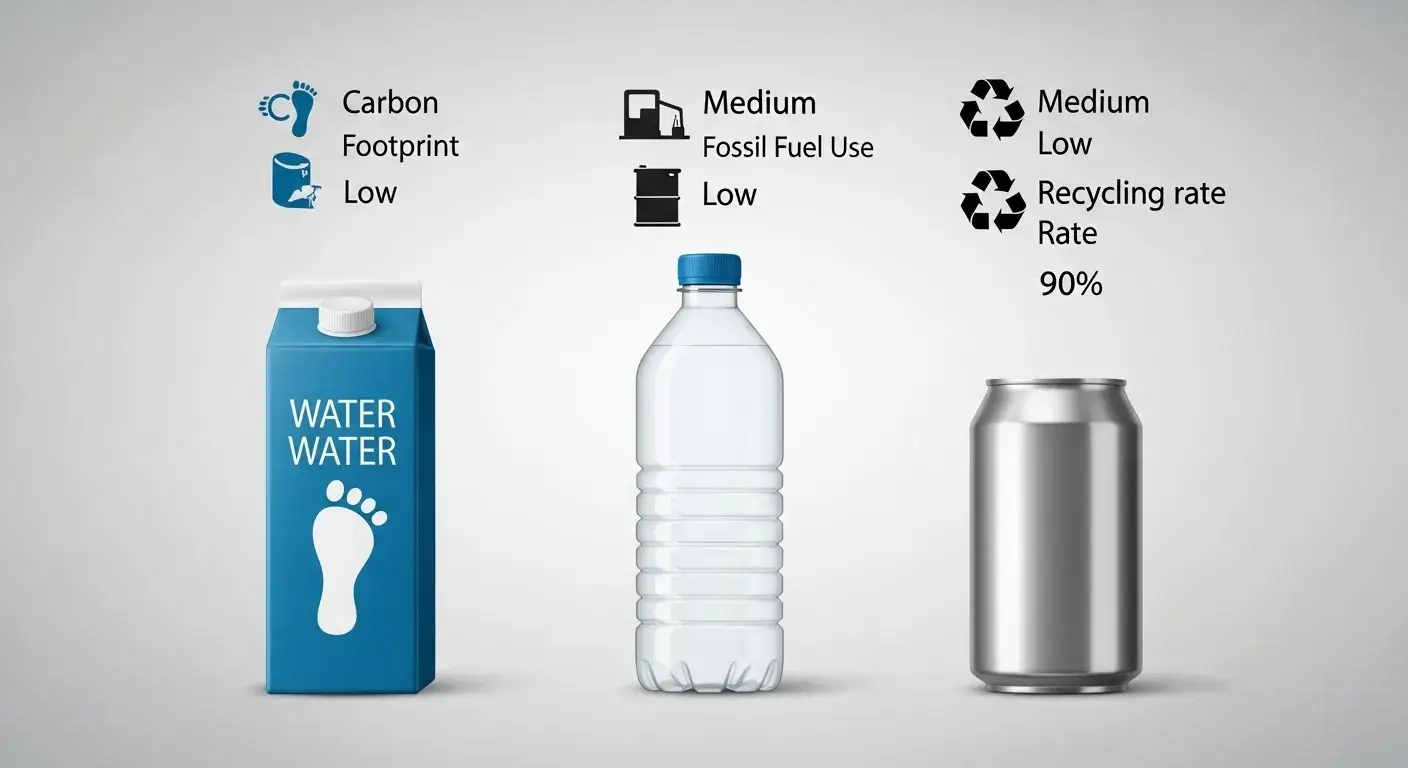
Lifecycle Impact Comparison
| Metric | Boxed Water | Plastic Bottles | Aluminum Cans |
|---|---|---|---|
| Carbon Footprint | 36% lower | Baseline | Higher |
| Fossil Fuel Use | 43% lower | Baseline | Similar |
| Ozone Depletion Impact | 95% lower | Baseline | 20% higher |
| Smog Emissions | 50% lower | Higher | Baseline |
| Acidification Impact | 66% lower | Higher | Baseline |
These figures are based on an ISO-certified lifecycle assessment by Anthesis Group.
What does a lifecycle assessment (LCA) reveal about boxed water's carbon footprint?
Third-party LCAs provide a fuller picture.
Boxed water cartons outperform plastic bottles and aluminum cans across nearly every environmental category.

What LCA Includes
- Resource extraction
- Manufacturing
- Transportation
- End-of-life disposal
The analysis confirms that boxed water emits fewer greenhouse gases, uses less fossil fuel, and causes less ozone depletion.
Are boxed water cartons truly recyclable, and how effective is recycling for them?
Yes—but only where facilities exist.
Boxed water cartons are 100% recyclable, but only in areas with the right equipment to separate materials.
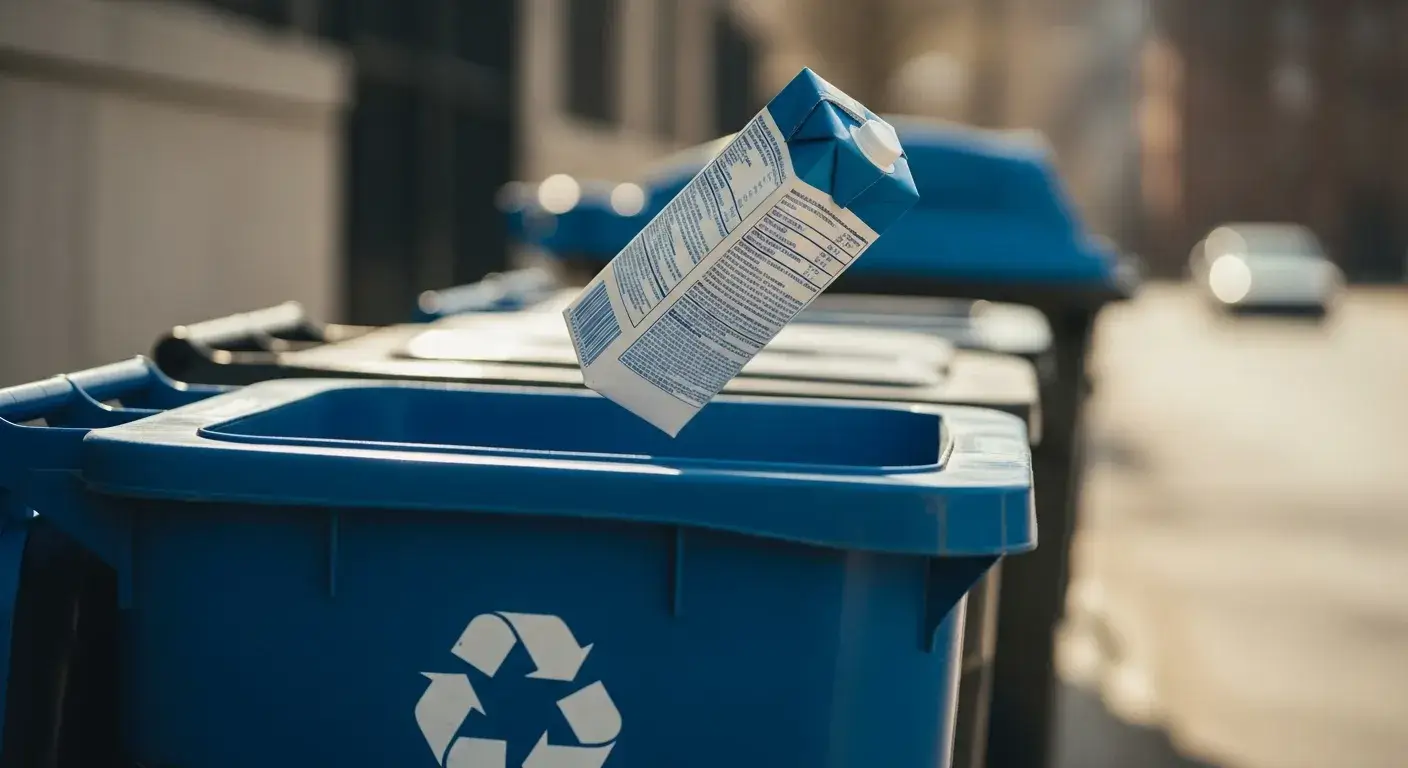
Recycling Comparison
| Packaging Type | U.S. Recycling Rate |
|---|---|
| Boxed Cartons | Depends on facility |
| PET Plastic Bottles3 | ~27% |
| Aluminum Cans4 | ~50% |
Access to proper recycling remains one of the biggest barriers to boxed water's effectiveness.
What are the environmental downsides or challenges associated with boxed water?
No solution is perfect.
Challenges include plastic caps, energy-intensive production, and inconsistent recycling infrastructure.
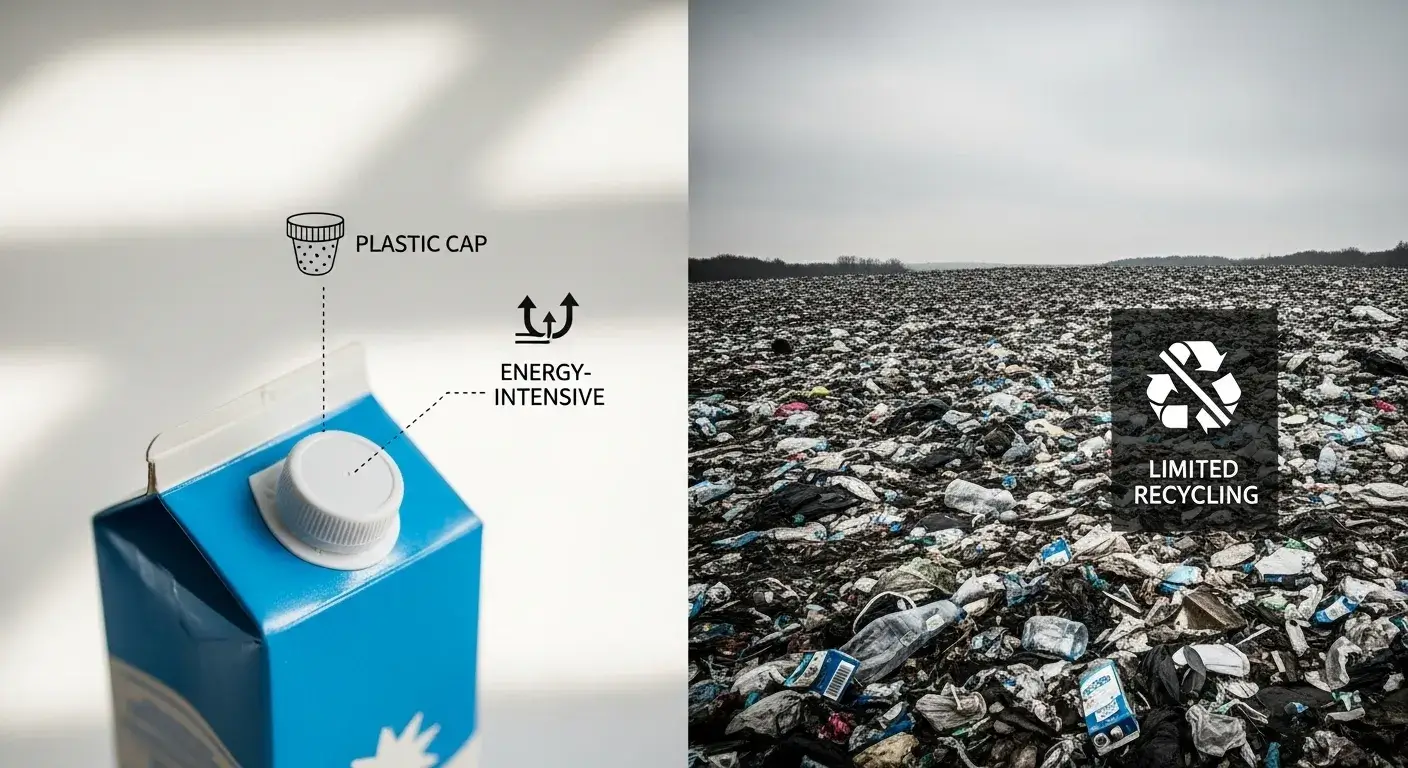
Downsides to Consider
- Plastic caps still rely on fossil fuels.
- Recycling access is limited.
- Layered design complicates separation during recycling.
- Waste still occurs if cartons are discarded improperly.
The product is better than plastic—but not zero impact.
How does boxed water's sourcing and transportation affect its sustainability?
It's more than just what's inside the box.
Boxed Water ships its cartons flat and sources water closer to distribution points, reducing transport emissions.
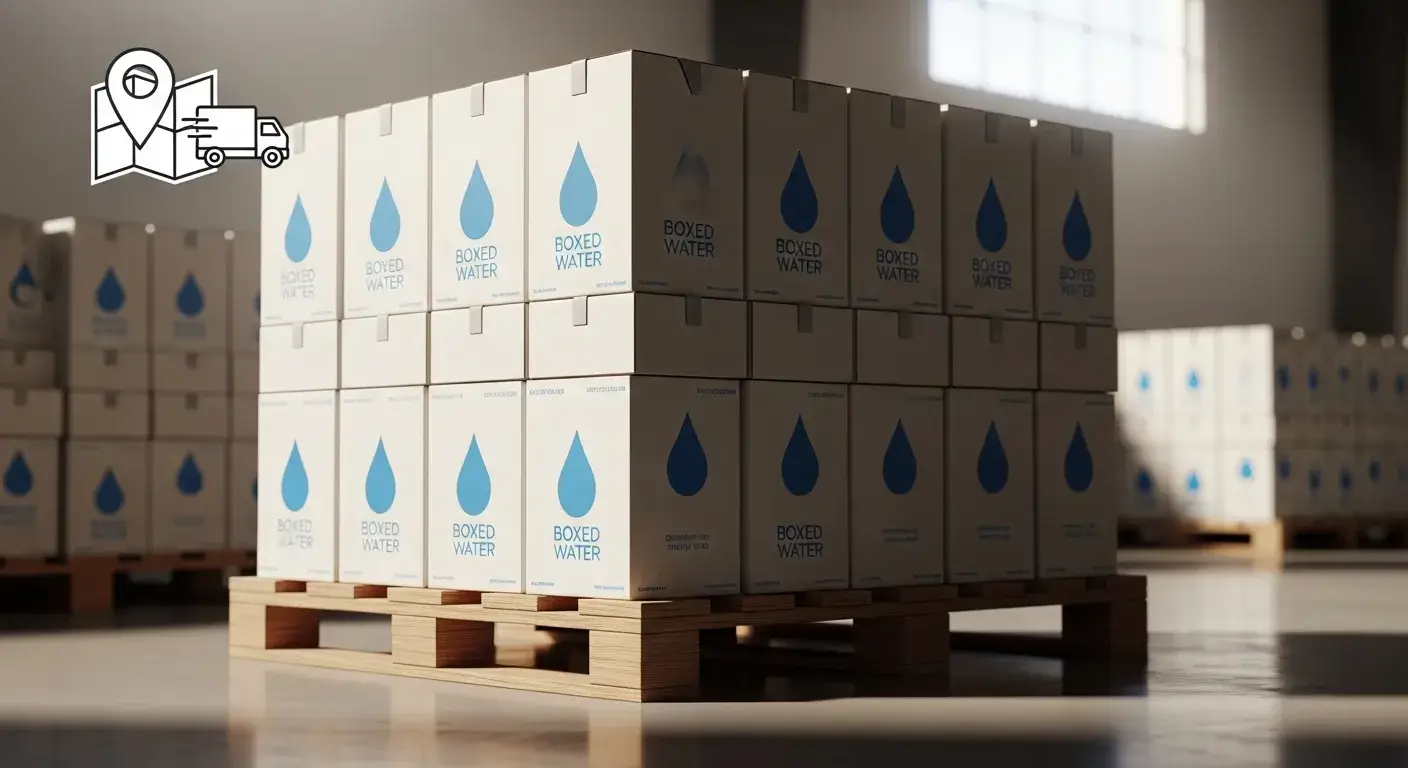
Transportation Benefits
- Flat shipping allows more units per load.
- Closer sourcing means shorter delivery distances.
- Lower fuel use equals fewer emissions.
This gives boxed water an edge over bottled brands shipping globally.
Is boxed water a better alternative when reusable bottles aren't an option?
Yes, it's the best of the single-use options.
When reusables aren't practical, boxed water offers a lower-impact choice compared to plastic or aluminum.

Use Case Scenarios
- Travel and events
- Emergency kits
- Occasional outdoor use
It's still single-use—but a smarter one.
How do industry experts and independent studies evaluate boxed water's eco-friendliness?
The verdict: better, but not a silver bullet.
Experts confirm boxed water's lower impact via LCA, but warn about greenwashing and limited recycling.

What Experts Say
- Lifecycle assessment methodology5 verifies strong performance vs. plastic and aluminum.
- Certifications like FSC and ISO 14040/14044 standards6 add credibility.
- Still dependent on local recycling and disposal behavior.
Consumers need to understand both the strengths and the limits.
What innovations has Boxed Water introduced to improve sustainability?
They're not standing still.
Boxed Water now uses 92% plant-based packaging and is working on improving cap materials and expanding recycling access.
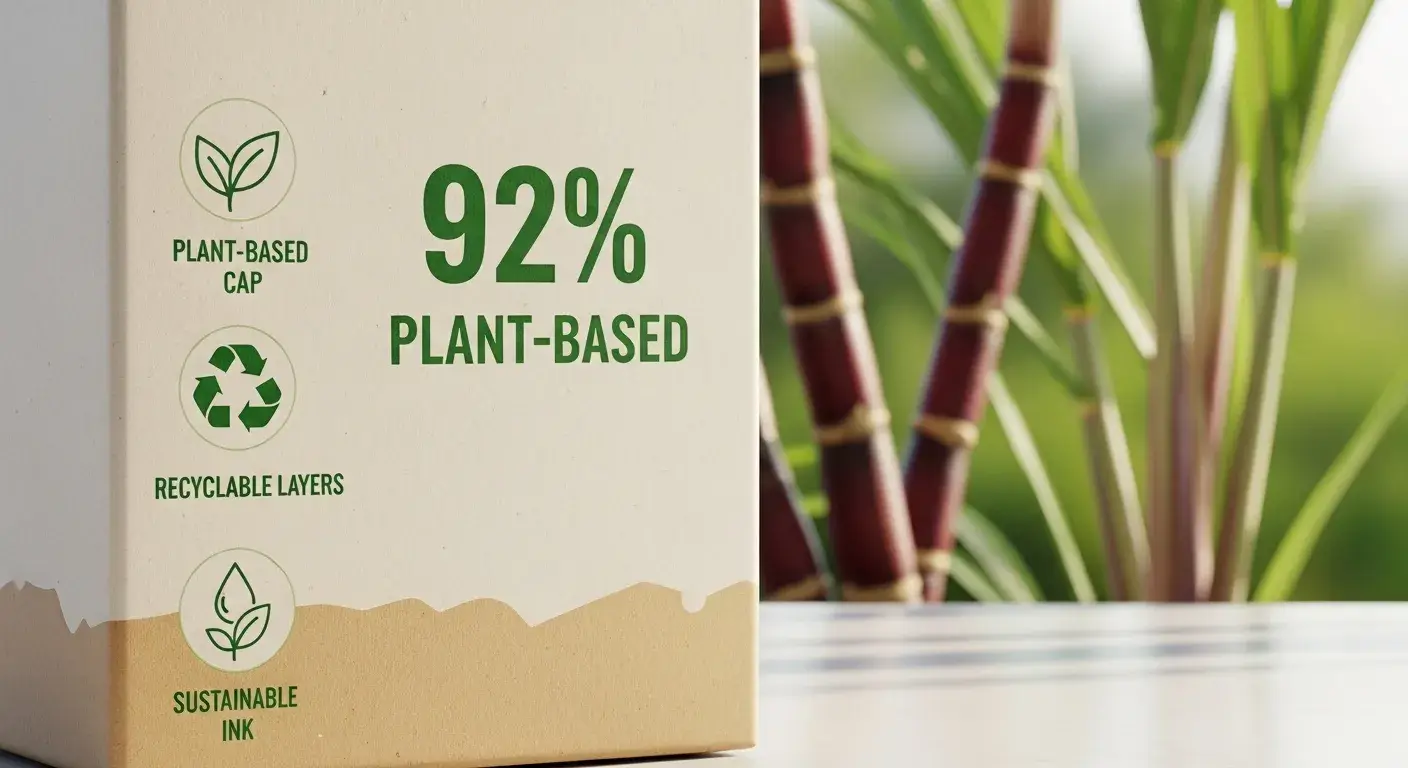
Innovations
- Plant-based caps from sugarcane.
- Sustainable ink and printing processes.
- Partnerships to expand recycling programs.
The brand continues to refine its environmental strategy.
How does boxed water fit into the broader movement to reduce single-use plastics?
It's part of the puzzle—not the whole solution.
Boxed water helps reduce plastic reliance and raises awareness, but reusable solutions remain the gold standard.
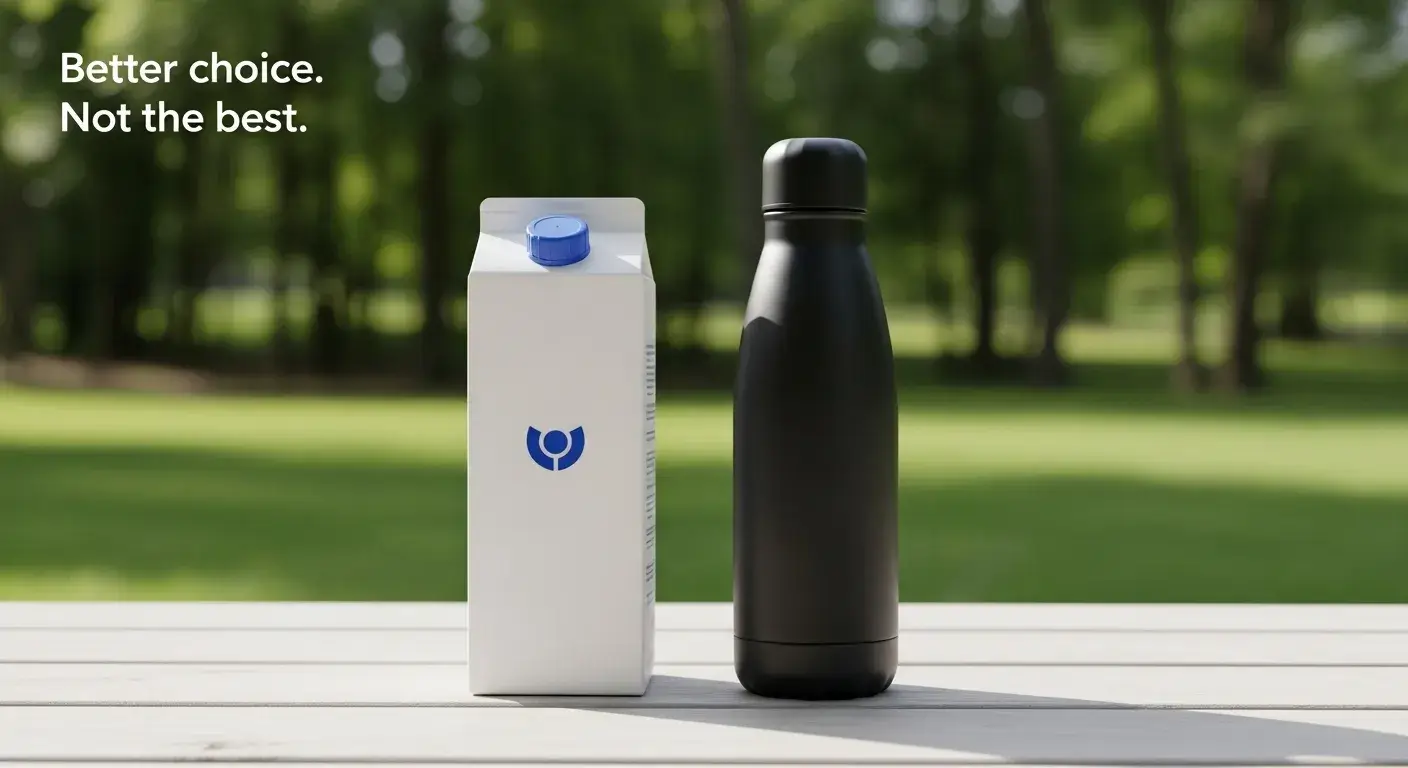
Broader Impact
- Supports the shift away from petroleum packaging.
- Encourages innovation in sustainable design.
- Bridges the gap when reusables aren't practical.
It's not perfect, but it moves us in the right direction.
Conclusion
Boxed water is a more eco-friendly alternative to plastic and aluminum—but it's not a replacement for reusable bottles.
FAQs
Is boxed water better than plastic bottles?
Yes, based on carbon footprint, fossil fuel use, and recyclability—where infrastructure allows.
Can I recycle boxed water cartons in any city?
Not everywhere. Check with your local carton recycling programs7.
What is the best water container for the environment?
Reusable bottles made from stainless steel or glass.
Does boxed water reduce ocean plastic?
Yes—by avoiding petroleum-based plastic bottles, it reduces plastic entering marine systems.
Is boxed water a permanent solution?
No. It's a better single-use choice, but long-term solutions rely on reuse and refill systems, while avoiding greenwashing environmental claims8.
-
FSC (Forest Stewardship Council) certification ensures paperboard comes from responsibly managed forests that protect biodiversity and support sustainable forestry practices worldwide. ↩
-
Plant-based plastic caps made from sugarcane are renewable alternatives that reduce CO2 emissions by 14-19% compared to traditional petroleum-based plastic caps. ↩
-
The U.S. PET plastic bottle recycling rate reached 33% in 2023 according to NAPCOR, the highest rate since 1996, though still significantly below the potential for boxed carton recycling. ↩
-
Aluminum can recycling rates in the U.S. reached 43% in 2023, down from the 30-year average of 50%, but still outperforming plastic bottle recycling infrastructure. ↩
-
Lifecycle Assessment (LCA) is a standardized methodology that evaluates environmental impacts from raw material extraction through manufacturing, use, and disposal phases of a product's entire life. ↩
-
ISO 14040 and 14044 are international standards that define the principles, framework, and requirements for conducting credible lifecycle assessments of products and services with transparent, verifiable results. ↩
-
The Carton Council works with recycling facilities and communities to expand carton recycling infrastructure—61% of U.S. households now have access to carton recycling programs, though availability varies by region. ↩
-
Greenwashing refers to deceptive environmental marketing claims that mislead consumers about a product's true sustainability impact, which the FTC's Green Guides aim to prevent through proper claim substantiation. ↩

